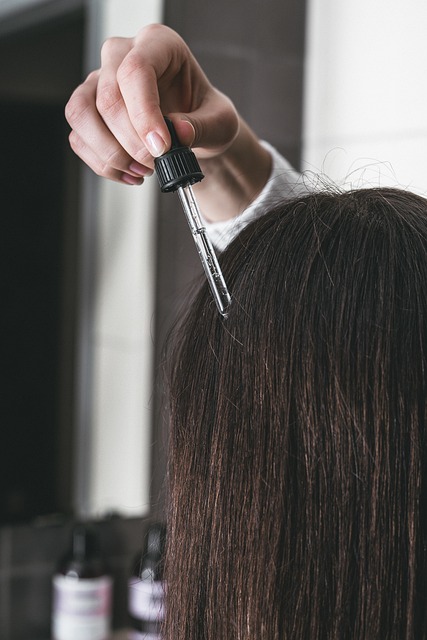Choosing and Using a Hair Brush: Practical Guidance
A hair brush is a simple tool with a clear role in daily grooming and styling. Choosing the right brush can influence how easily you detangle hair, shape a style, and maintain scalp comfort. This article explains common brush types, how to use them for different hair needs, and how to keep a brush clean to support overall hair care and beauty routines.

What is a hair brush and how does it work?
A hair brush typically consists of a handle, a base (the paddle or barrel), and bristles or pins set into that base. Bristle materials include natural fibers such as boar, and synthetic options like nylon or mixed arrays. Brushes vary by design: paddle brushes have a broad base for smoothing, round brushes are used with heat for shaping, and vent brushes speed drying by allowing airflow. The design determines how tension is applied to hair and how the brush moves oils and detangles strands.
Different bristle textures and spacing affect grip and smoothing. Stiffer pins can detangle thick or coarse hair more effectively, while softer boar or mixed bristles are often chosen for fine hair to reduce breakage. Understanding these components helps match a hair brush to the intended grooming or styling task.
How does grooming with a brush benefit hair?
Regular grooming with a suitable brush can help remove loose hairs, distribute existing scalp oils along the hair shaft, and reduce surface tangles that cause breakage. Brushing gently can also help keep styles tidy between washes and make daily maintenance quicker. For people with long or textured hair, regular detangling sessions prevent knots from becoming harder to remove later.
It’s important to use the right technique: start detangling at the ends and work upward, use a wide-tooth comb or a detangling brush on wet hair if needed, and avoid excessive force. Over-brushing or brushing aggressively when hair is fragile can increase breakage, so adjust frequency and method to hair condition.
Can styling be improved with the right brush?
Yes — different brushes are designed to assist specific styling goals. Round brushes are commonly used with a blow dryer to create volume, bends, or curls; the barrel size affects the degree of curl or lift. Thermal or ceramic-barrel brushes retain heat to shape hair more efficiently, while vent brushes improve airflow to speed up drying. Paddle brushes smooth and flatten hair for a straightened look without heat.
When styling, coordinate brush choice with your tool and technique: use heat-protectant products when applying hot air, section the hair for controlled shaping, and select barrel size and bristle type that match hair thickness and desired outcome. Proper technique reduces frizz and improves the longevity of a style.
How to incorporate brushes into a hair care routine
Include brushing as part of regular upkeep rather than a one-time fix. For most hair types, a gentle brush in the mornings and before bed helps manage tangles and distributes natural oils. Wet hair is more fragile, so detangle with a wide-tooth comb or a brush made for wet use; avoid aggressive brushing when hair is saturated. Clean your brush every one to two weeks by removing hair and washing the bristles with mild soap to prevent buildup.
Rotate between brushes for different tasks — for example, a detangling brush after washing and a smoothing paddle brush for morning grooming. Replace brushes when bristles are bent, missing, or collecting excessive residue; worn tools become less effective and can damage hair.
Choosing a brush for beauty and scalp health
Match brush type to hair length, texture, and styling preferences. Fine or thinning hair often benefits from soft, mixed bristles that minimize stress on strands and help distribute oils gently. Thick, coarse, or curly hair may require wider-spaced pins or a sturdy detangler to move through knots without tugging. For styling with heat, choose brushes labeled heat-resistant and pair them with appropriate drying tools.
Consider handle comfort and brush weight for regular use, and look at bristle spacing to suit detangling needs. For scalp sensitivity, softer natural bristles or cushioned pads can be more comfortable. Regular maintenance of the brush — cleaning and inspecting for wear — supports both beauty goals and scalp comfort.
Conclusion
A hair brush is a practical instrument in both daily grooming and more deliberate styling routines. Understanding brush construction, matching tools to hair type, and using careful techniques can reduce tangles, limit breakage, and support the appearance of hair without over-relying on heat or chemical treatments. Regular cleaning and occasional replacement keep brushes effective, helping grooming and beauty efforts remain part of a balanced hair care practice.






